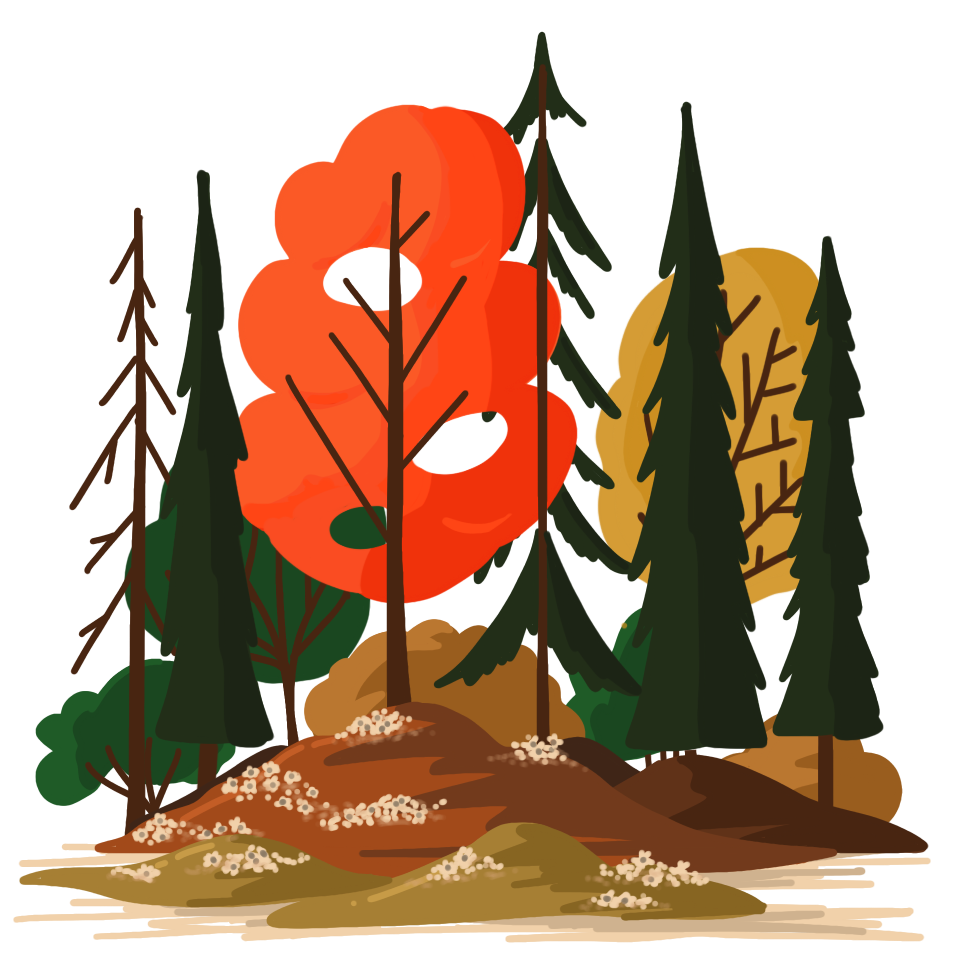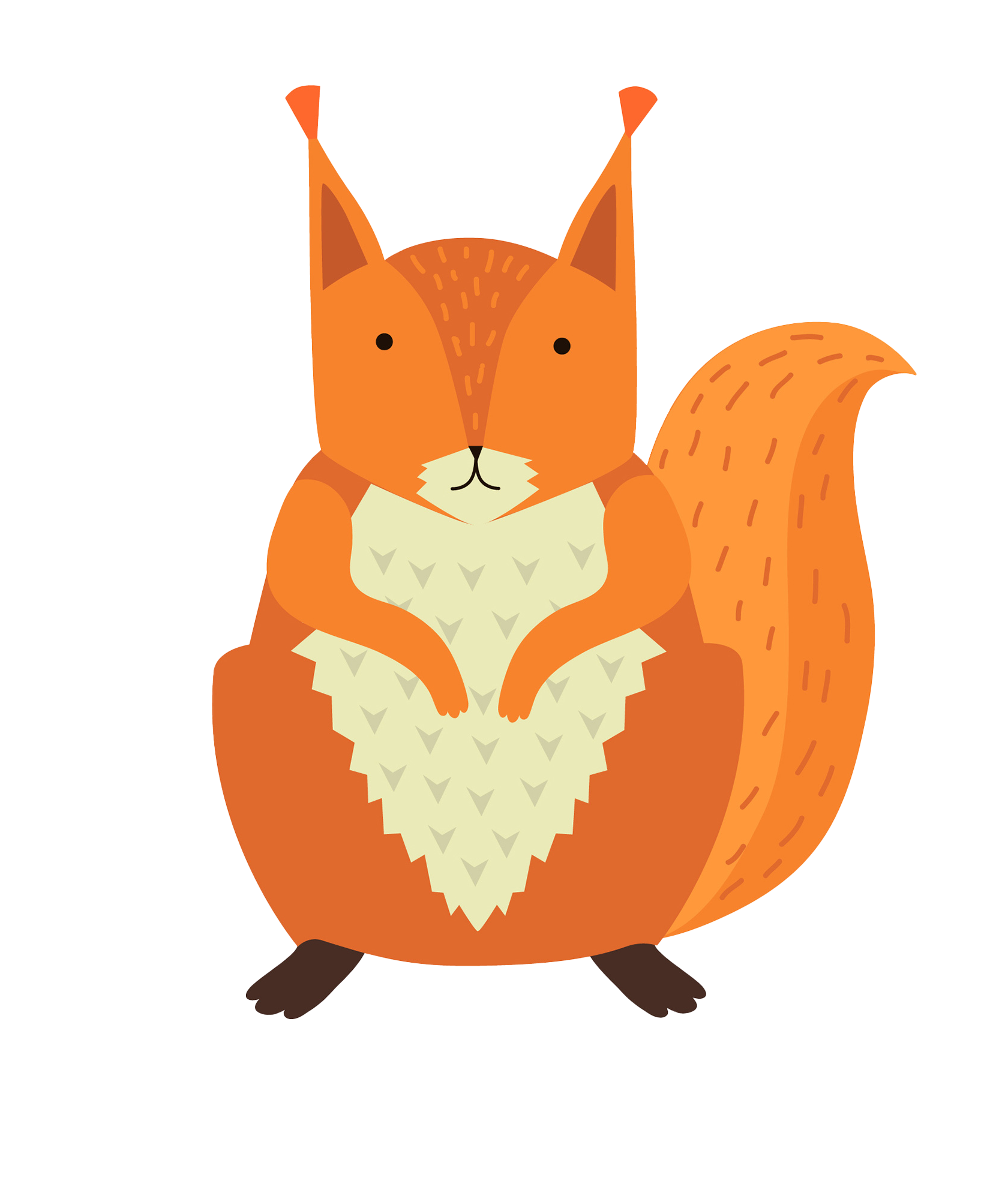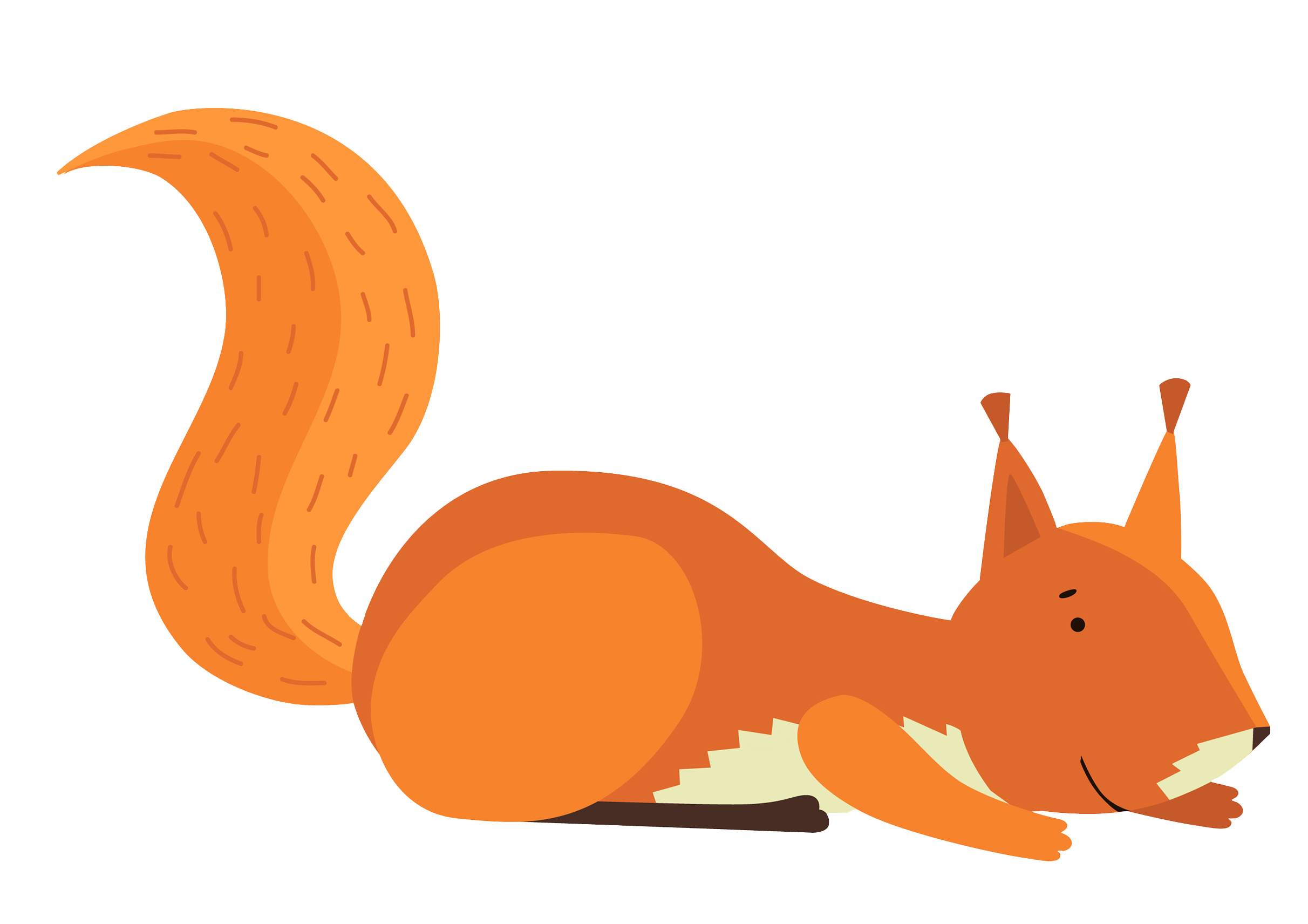Explore the census takers' experiences
When hovering over a story, look at the map to see where it took place.
Story Topics:
Filter the squirrel sightings on the map
You can click on the dots!
Squirrel's Primary Fur Color
Squirrel's Reaction to Humans
Time of Sighting
Squirrel Location






















